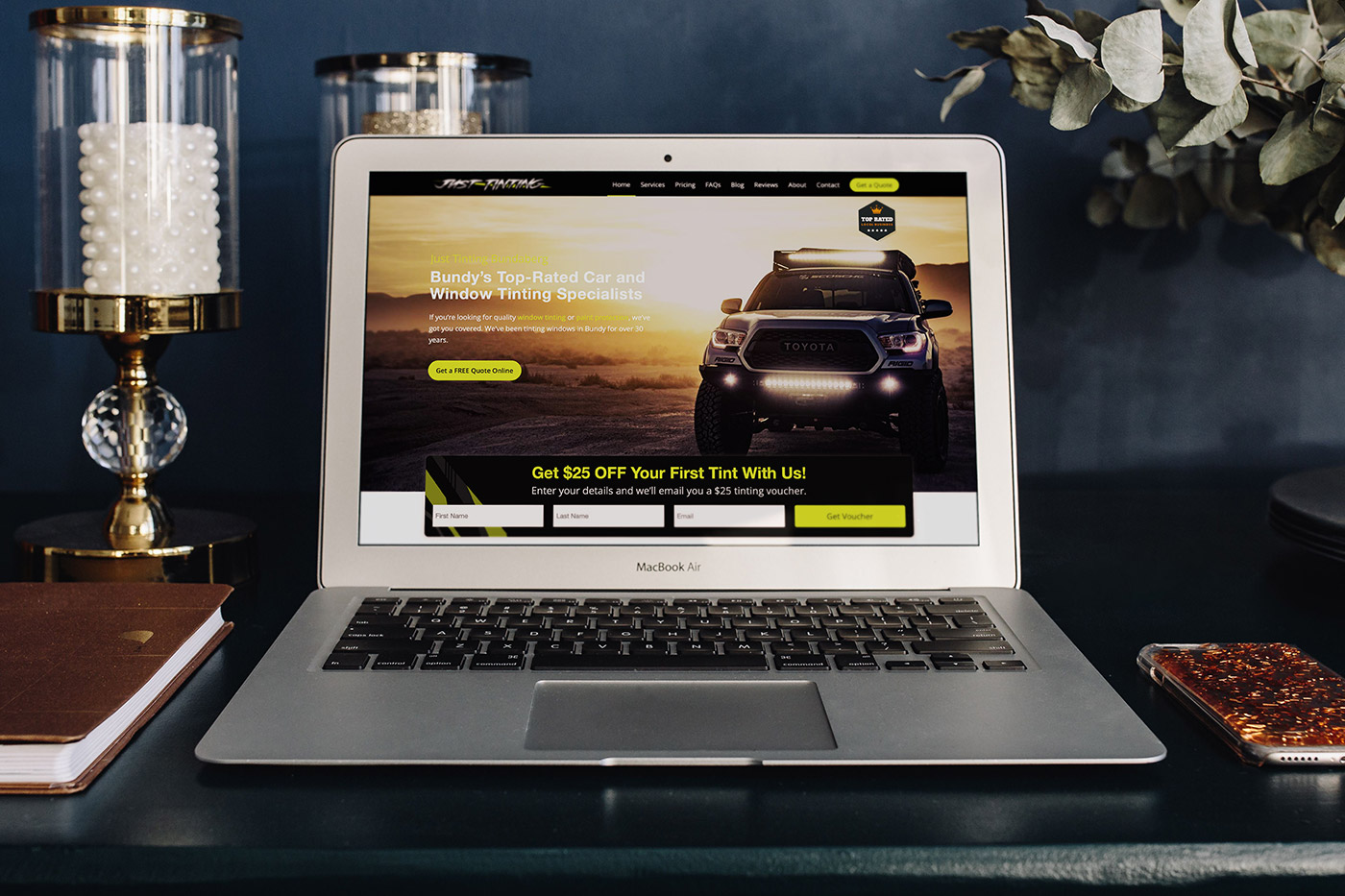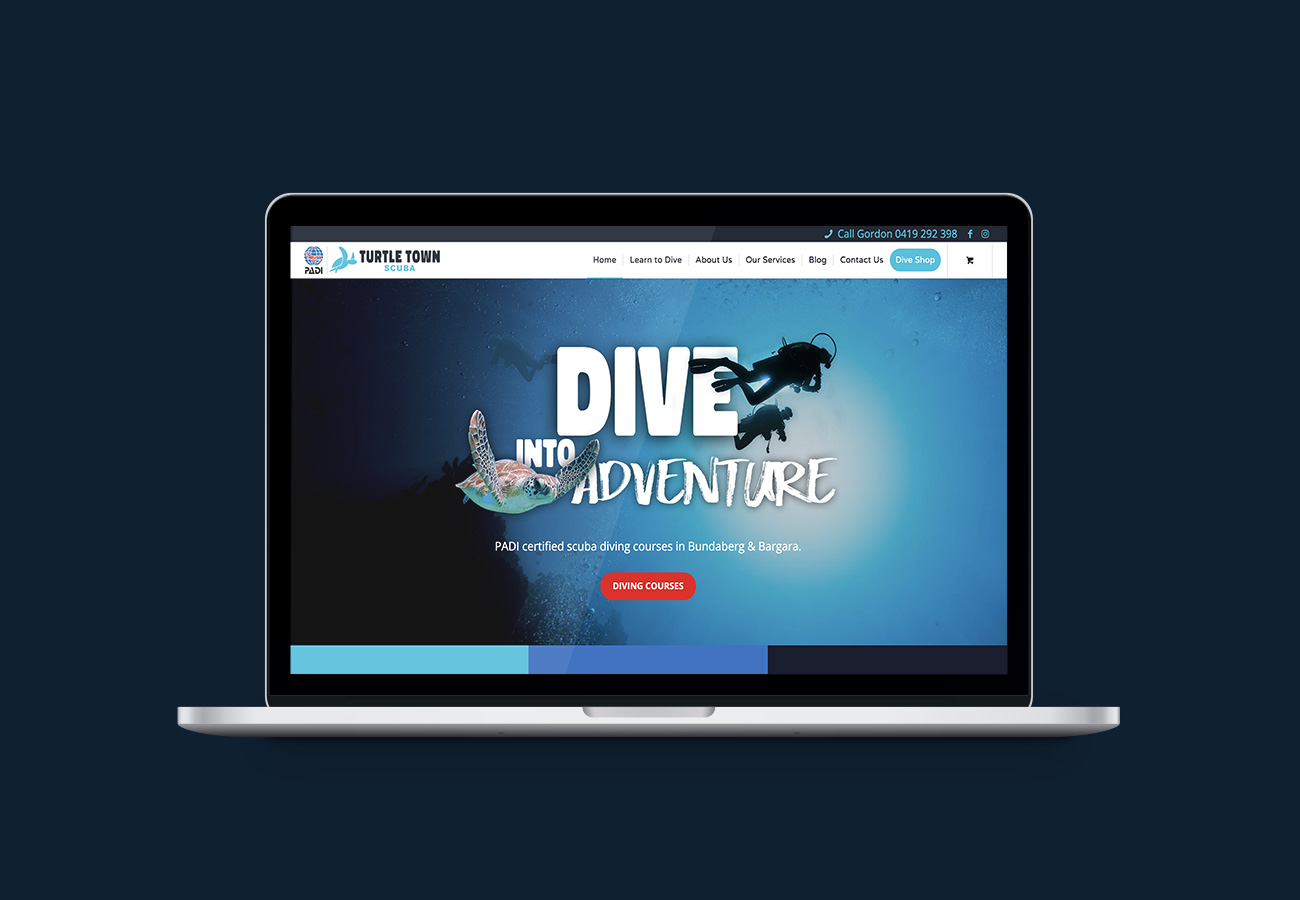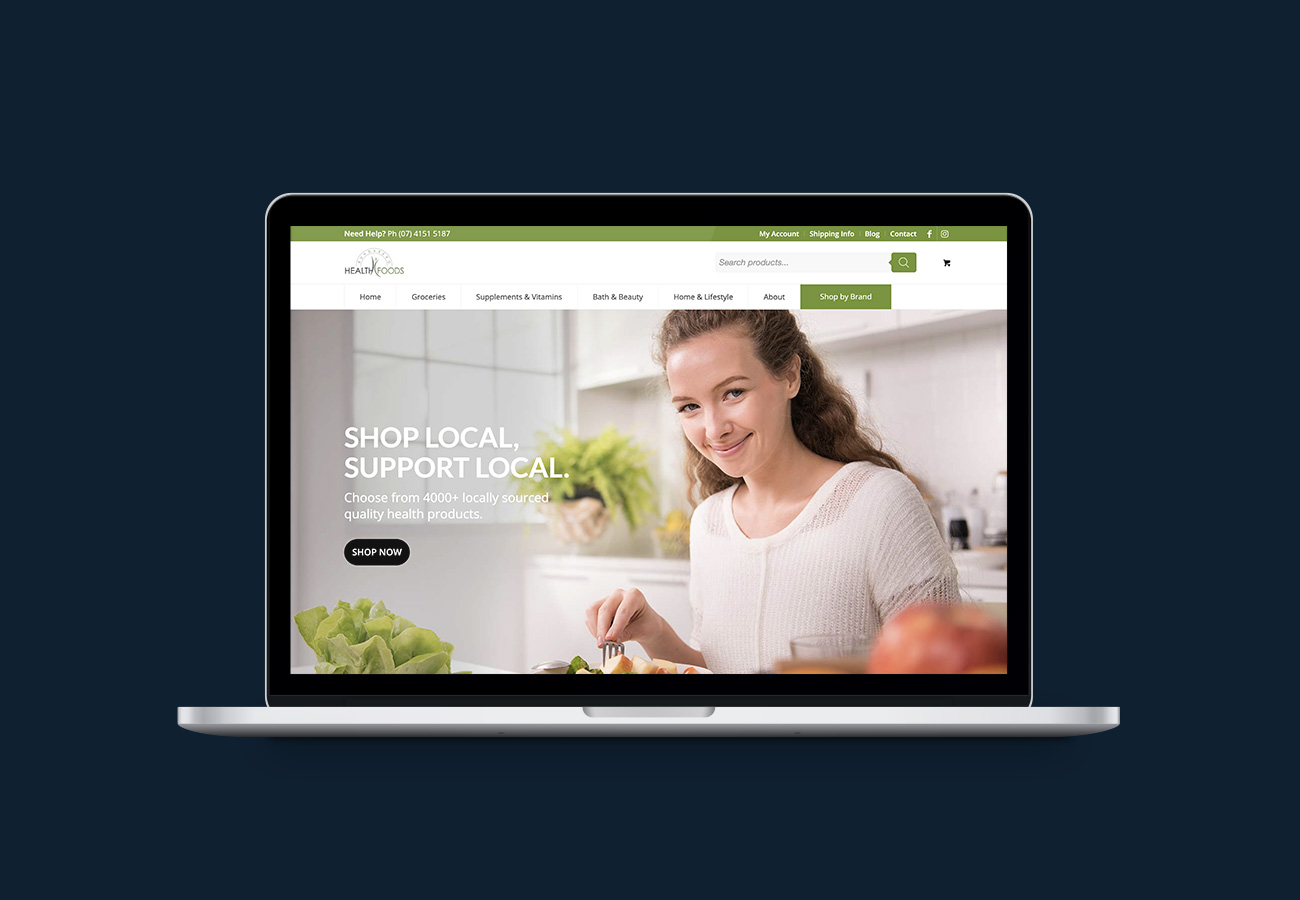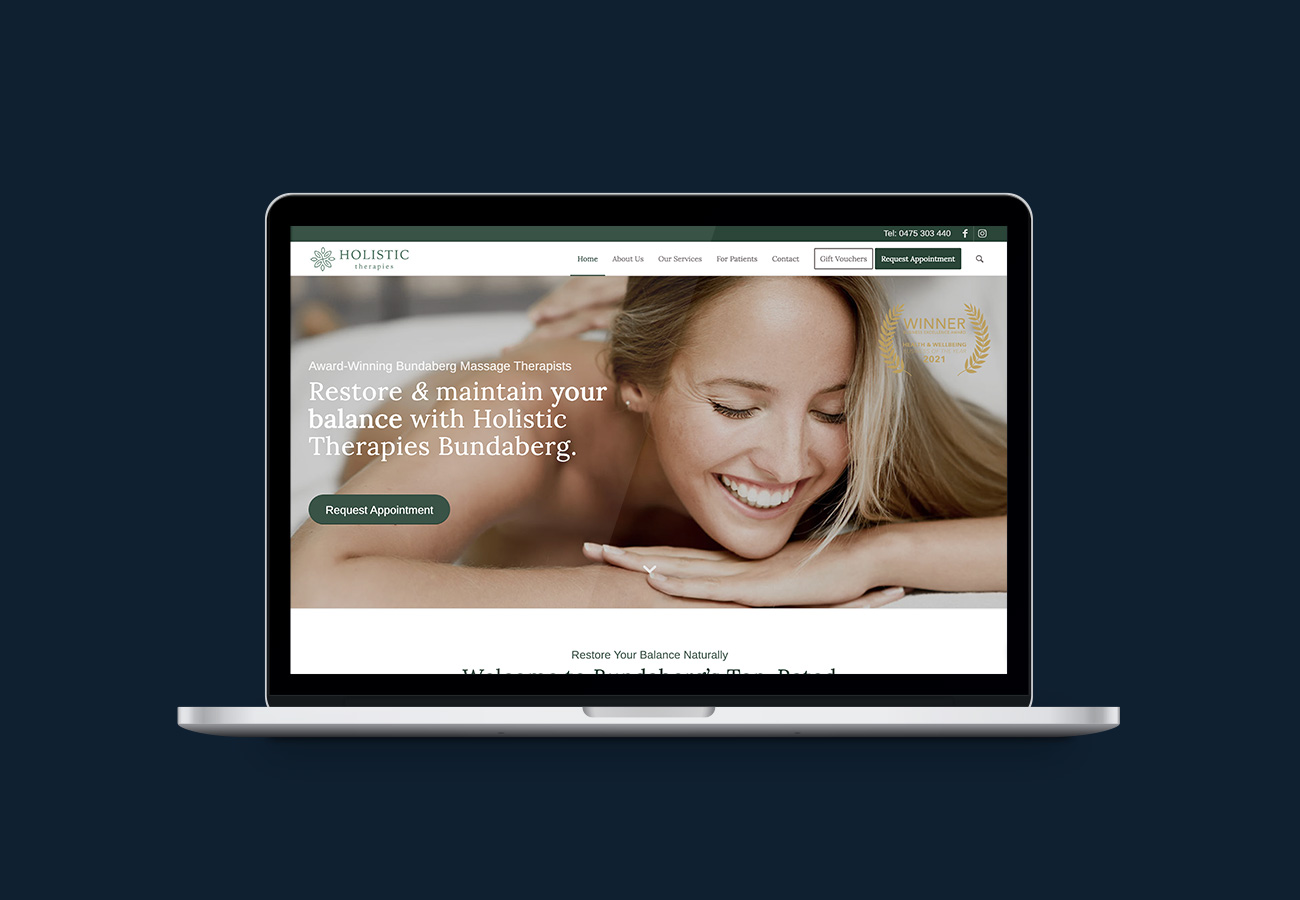Have you ever felt frustrated and overwhelmed when it comes to marketing your business? With so many different platforms and tech tools out there, is it any wonder that most business owners struggle to keep up?
But what if there were ways of growing your business not by doing even more, but by actually doing less? As a marketing consultant, I have helped hundreds of business owners do just that using Evergreen Marketing.
Marketing is such an important part of making any business profitable. However, most of us didn’t go into business to write a marketing plan, but because we wanted to enjoy more freedom and time to do the things we love.
The big problem with marketing is that it means something different to everyone. From website and social media to email marketing, blogging and advertising, as business owners we are forced to wear many hats, especially when it comes to marketing.
So, what does marketing actually mean? Where do you start? What should you focus on and, most
importantly, how do you bring it all together to make it work in alignment and produce results?
There is a common misbelief amongst business owners that they need to do even more to successfully market their business. However, I have found that the best way to grow your business is actually not by doing more but by doing less – using Evergreen Marketing.
What is Evergreen Marketing?
Evergreen Marketing is a set of strategies that we can set and forget. Timeless tactics we can simply implement once, but that will work for us for years to come.
A recent study by HubSpot, one of the leading companies in the marketing space, found that 43% of business owners spend six or more hours every single week managing their social media accounts alone.
What would you do if you had an extra day every single week to do more of the things you love doing?
Today I want to share the 3 fundamental strategies with you that Evergreen Marketing is built on. These are practical tips you can take and implement in your business right away.
1. Make All Your Content Evergreen
It takes the same amount of time to create a piece of content that’s only relevant today as it will take to create a piece of content that’s going to be relevant for years to come. So, be very conscious of the type of content you create.
What are the different pillars in your business you can educate your customers around? What are some timeless tips you can share with your audience that won’t go out of date and that are going to be just as relevant in five years as they are today?
By focusing your time and effort on creating evergreen content, you will build up a large content library over time that you can repurpose and reuse, saving you an endless amount of time and headspace.
Download your FREE Social Media Blueprint to completely automate your social media content
2. Have a Clear Next Step at Every Step of Your Customer Journey
When posting on social media, ask yourself what step you want people to take next. You might want to send them to a specific blog post to learn more. Once on your blog, you might want to get them to enter their email address in return for a free download. Once you’ve got their contact details, you might want to send them an email with an invitation to book a phone call or free trial.
In other words, always have a clear call to action for your audience and eliminate as much friction as possible.
This brings us to the third fundamental strategy of Evergreen Marketing.
3. Automate, automate, automate
Automation really is a game-changer that will allow you to take your marketing to a whole new level. Because once we start using some of the amazing automation tools available these days (many of them are free) we are able to free up valuable time and resources and escape the rat race of constant content creation.
Great content doesn’t always have to be new as long as it’s still relevant to your target audience.
I believe Evergreen Marketing is the future of marketing because it allows us to be more consistent while freeing us up to do more of what we love to do.

 David Lee-Schneider Marketing
David Lee-Schneider Marketing David Lee-Schneider Marketing
David Lee-Schneider Marketing

 David Lee-Schneider
David Lee-Schneider David Lee-Schneider Marketing
David Lee-Schneider Marketing David Lee-Schneider Marketing
David Lee-Schneider Marketing


